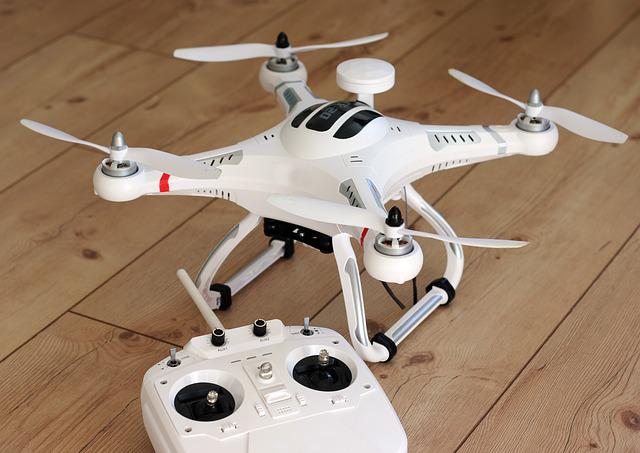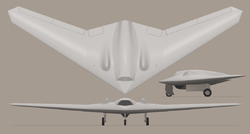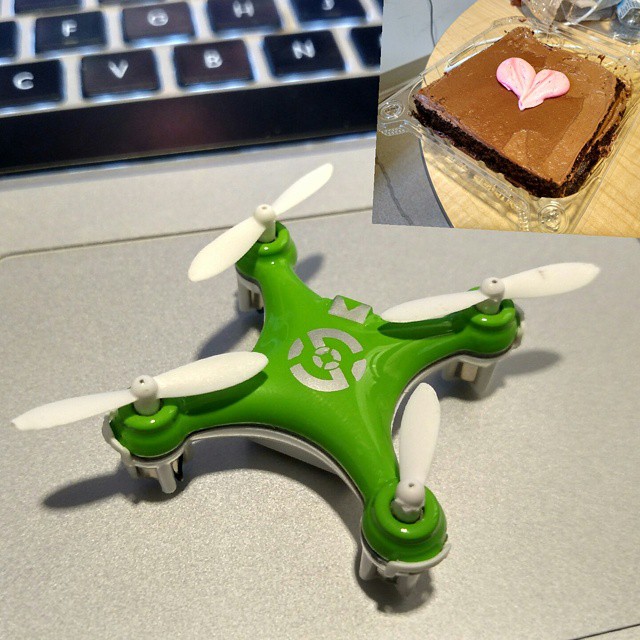
Interested in a career in aerial photography, filmmaking, construction, or law enforcement? Here are some drone-related jobs. In addition to these, classroom teachers always need to know about the latest technologies, such as drones. A certification in aerial photography is a good way to start if you're a professional. You can then move onto engineering or construction. You may also be interested in these drone jobs.
Photography taken from above
Photographers who fly helicopters or aircraft to take aerial photos. Gyrostabilizers are a common feature for aerial photographers. They prevent camera shake and create high-quality images. Although it isn't necessary to receive formal academic training, aerial photographers often need to have a basic knowledge of both photography equipment and photo-editing programs. Some aerial photographers are also familiar with working with film cameras. If you want to take pictures for the entertainment industry, consider working as an aerial photographer.
Filmmaking
Before you begin a job in filmmaking, it's important to understand the legalities and requirements that are involved. There might be different regulations depending on where you are located. These can vary widely from the altitude at which a drone can be flown to the rules about passing close to public transportation or no-fly zones. A high-quality drone should include a camera, flight modes and accessories.

Law enforcement
Law enforcement agencies will soon be able to deploy autonomous UAVs as a means of providing real-time data to aid in incident response due to the advancements made in unmanned aerial vehicles technology. UAVs can also be used to protect and monitor areas around them. Law enforcement agencies are now better equipped to tackle crimes and can use drone technology to do so more efficiently. Here are some law enforcement jobs for drones. While not a permanent position, drones can be used to supplement the existing law enforcement workforce.
Construction & engineering
Construction has already been revolutionized by drones. Construction project managers map the work site weekly with the help of drones. These robots can make accurate maps and allow construction managers to track progress and safety inspections live. Drones can also create 2D and 3D models of construction sites to identify issues before they arise. Drones are a crucial part of the engineering and construction industries.
Conservation
Drones are a great tool for conservation. However, the question is "What are the best drone applications in conservation?" Drones can be used to capture images and data in difficult-to reach places. Drones can also catch poachers and stop illegal logging. Because they take photos with geo-referenced information, they are particularly useful for detecting illegal activity. Drones are able to feed images into image-recognition algorithm.

FAQ
Can someone spy on your with a drone
Yes, anyone can use a drone to spy on you. It is important to be aware of drones and to avoid any areas they may fly. Call 911 immediately if you spot a drone flying about.
What drone is the best for beginners?
The DJI Phantom 2 Vision+ is a popular beginner drone. This drone comes with a 4K camera which can be used to take aerial photos and videos. This drone is easy to navigate thanks to its GPS system.
Can my drone be flown indoors?
Yes, you can fly your drone indoors. You just have to ensure no obstacles or hazards inside your home. For example, you should avoid flying near windows, doors, heating vents, air conditioning units, electrical outlets, water pipes, and fireplaces.
Are Drones Banned Where?
The FAA has prohibited drones from flying close to airports or stadiums, sporting events and nuclear power plants. They do allow drones to fly at night with GPS technology.
What laws apply to drones flying above private property?
New rules were recently published by the FAA regarding commercial drone flights. These rules apply to UAVs with a weight less than 55lbs and that fly at a height of below 400 feet from the ground. Commercial operators need to register with the FAA in order to obtain a license. When operating in restricted areas or near airports, they will need to obtain permission from the local authorities.
Are drones allowed at public events?
As long as you comply with the rules, drones can be flown anywhere. If you intend to fly your drone at a public event, such as a parade or festival, you will need permission from the organizers.
Statistics
- With the top 10% making over $100/h and the bottom 10% making as low as $10/h. (dronesgator.com)
- According to Indeed, a drone pilot gets paid $25.73 per hour on average in the US. (dronesgator.com)
- Research and Markets predict a growth rate of 51.1% over the next five years. (thedroneu.com)
External Links
How To
How to Fly Drones with Beginners
A drone can be used to fly remotely controlled aircraft for photography, surveillance, scientific research, hobby and commercial purposes. The technology behind drones has been around since World War II. However, commercial use began in 2010 when DJI released their Phantom series of quadcopters. There have been many drones made since then. These range from beginner-friendly drones like Parrot AR Drone 2.0 to more advanced multi-rotor craft like DJI Mavic Pro.
There are many methods to fly a Drone, including
-
Remote control - This allows you to control the drone from your hand. There are two types of controllers available: joysticks and on/off switches.
-
Manual Control – This method lets users remotely control the drone by using a smartphone app. Follow the instructions of the app to track the exact location you want the drone go.
-
Autonomous Flight – This is when the drone handles all the piloting tasks. It's basically flying autonomously without any human intervention. The drone must be equipped with a camera and sensors that can capture images and data in order to fly autonomously.
-
Triggered Flight – This method is very similar to manual flight. The pilot creates a route that the drone will follow until it reaches the destination. Once the programmed route has been completed, the drone returns to the base automatically.
-
Landing Gear - Some drones come equipped with landing gear that allows them to land safely if they lose power or run out of battery during flight.
-
Goggles - Pilots may wear goggles to shield themselves from flying debris.
-
Camera - Some drones can be equipped with cameras which enable you to capture photos from the sky.
-
Obstacles - Some drones can be equipped with obstacle avoidance systems that prevent them from crashing into obstacles.
-
Speed - Some drones reach speeds exceeding 40 mph.
-
Battery Life - Most drones last between 20 and 3 hours depending on how much power they have.
-
Distance - Some drones can travel up 30 miles depending on the model.
-
Power source - Some drones require an external power source; others work off internal batteries.
-
Weight – Some drones are less than one pound, while other models can be up to four pounds.
-
Size - The size of drones varies from small, easily carried devices to more substantial crafts that weigh in excess of 50 pounds.
-
Price - Drones come in a variety of price categories, including high-end models which can run into the thousands and low-cost options that can start at $100.